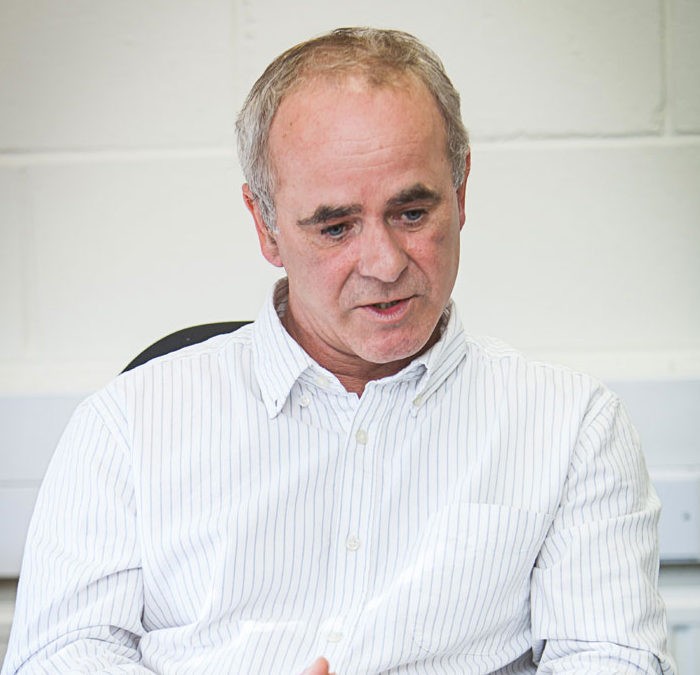When it comes to Part L, more and more builders are realising that the right advice is essential. With Part L threatening to add a raft of extra costs on house builders, the right advice at the right time can deliver considerable savings. We asked leading Energy Assessor Jon Bodington to give his advice on fabric first and the future of construction.
What do you believe are the benefits of using the ‘fabric first’ methodology?
Fabric first builds energy efficiency into the life of the property, whether it be a house, a block of flats or a commercial building. So it’s really building in the energy savings for the whole life of the property, rather than adding on technology that will only assist in improving the energy performance for the lifespan of that particular bolt-on, which is inevitably far shorter.
What is your view on renewable technologies that rely on serviceable items?
I’m supportive of technology, it definitely has its place. However I wouldn’t compromise the fabric of the building by introducing technology as an alternative to achieve energy targets. I would always encourage a fabric first approach but fabric can only go so far, especially where there are site-wide renewables targets. Then you have to look at the available technology like photo voltaic, solar thermal, heat recovery systems, and the list goes on.
I’m always supportive of innovation, especially innovation that leads to an energy demand reduction.
Fabric first is always the method I would advocate initially because it delivers a benefit for the lifetime of the property. It isn’t reliant on mechanical solutions that tend to have a far shorter lifespan. Most technologies require some level of maintenance in order to function efficiently and will need replacing at some stage, meaning further cost for the homeowner.
In terms of air quality, there’s a lot of development in this market with heat recovery systems and ventilation systems that are innovative. They definitely have a place, especially with the way we are building much more thermally efficient and air tight properties. While this is positive on one hand in terms of energy reduction, there’s a risk we could be storing up problems for the future in terms of air quality and the potential for ill health in this country. The other major issue is the risk of overheating which is something that we deal with on a daily basis. We advise on overheating risks, helping the design team factor in mitigation measures.
What do you rate about the Hi-therm lintel?
The way that we measure heat loss in any property has evolved considerably over the last 10 years and one of the things that has long been a problem is the heat loss through continuous linear thermal bridges as opposed to repeated thermal bridges. However this has been addressed in Part L and is now included in the way we carry out assessments.
Now we are looking at the majority of the bridges between the construction elements and the two main areas where heat loss occurs through that bridge would be floor junctions and lintels. If you have a standard steel lintel that’s bridging the cavity you’re going to have a significant amount of heat loss at that junction.
The Hi-Therm lintel cannot on its own meet the requirements of the overall property in terms of the heat loss calculation. It’s part of a solution, whether it be lintels, construction elements, insulation or boilers. They can all form part of the solution they aren’t the solution alone.
What do you see happening in the industry in the next 5 years?
The Government has set a very tough target in terms of its ambition of achieving the one million new properties by 2020. This is going to be a real challenge for the industry.
If we’re really serious about doing something to tackle climate change the Government has to be very clear and provide strong leadership in terms of the direction that the industry needs to go in.
What we are going to do as a company is continue to invest in our people, training and recruitment, to help educate customers in terms of how they can achieve not just legislative requirements, but go beyond legislation, cost effectively. It is achievable.



